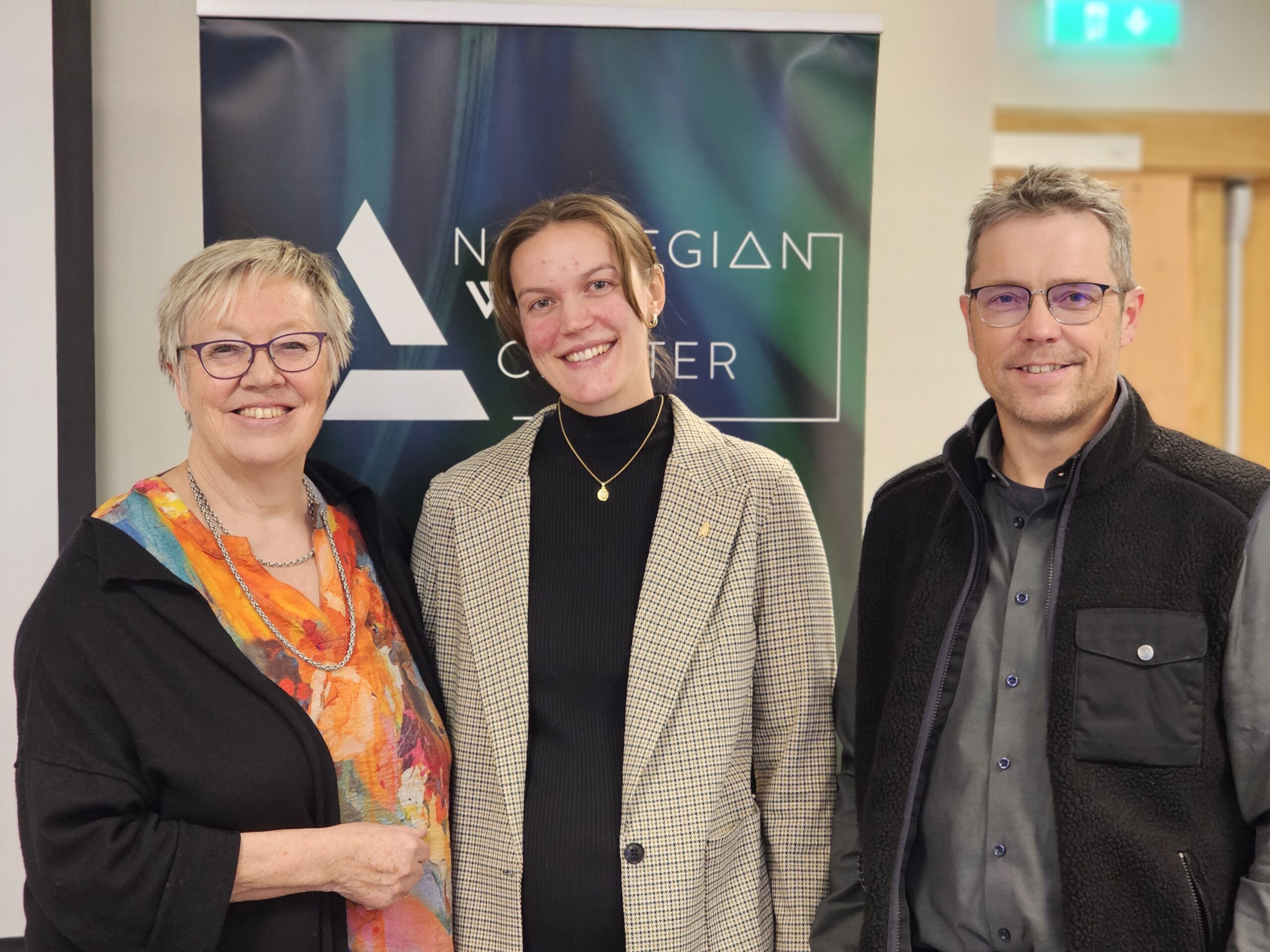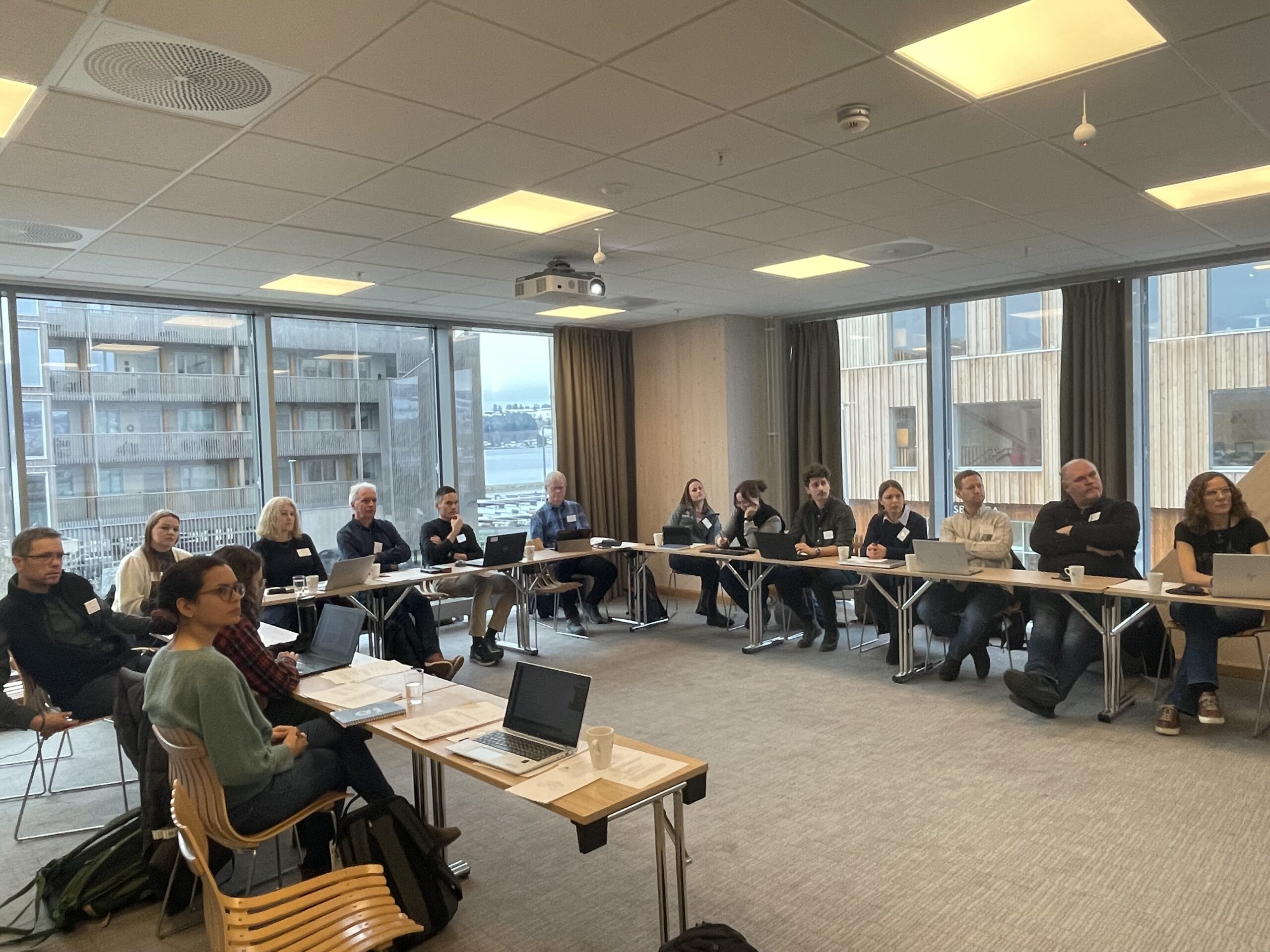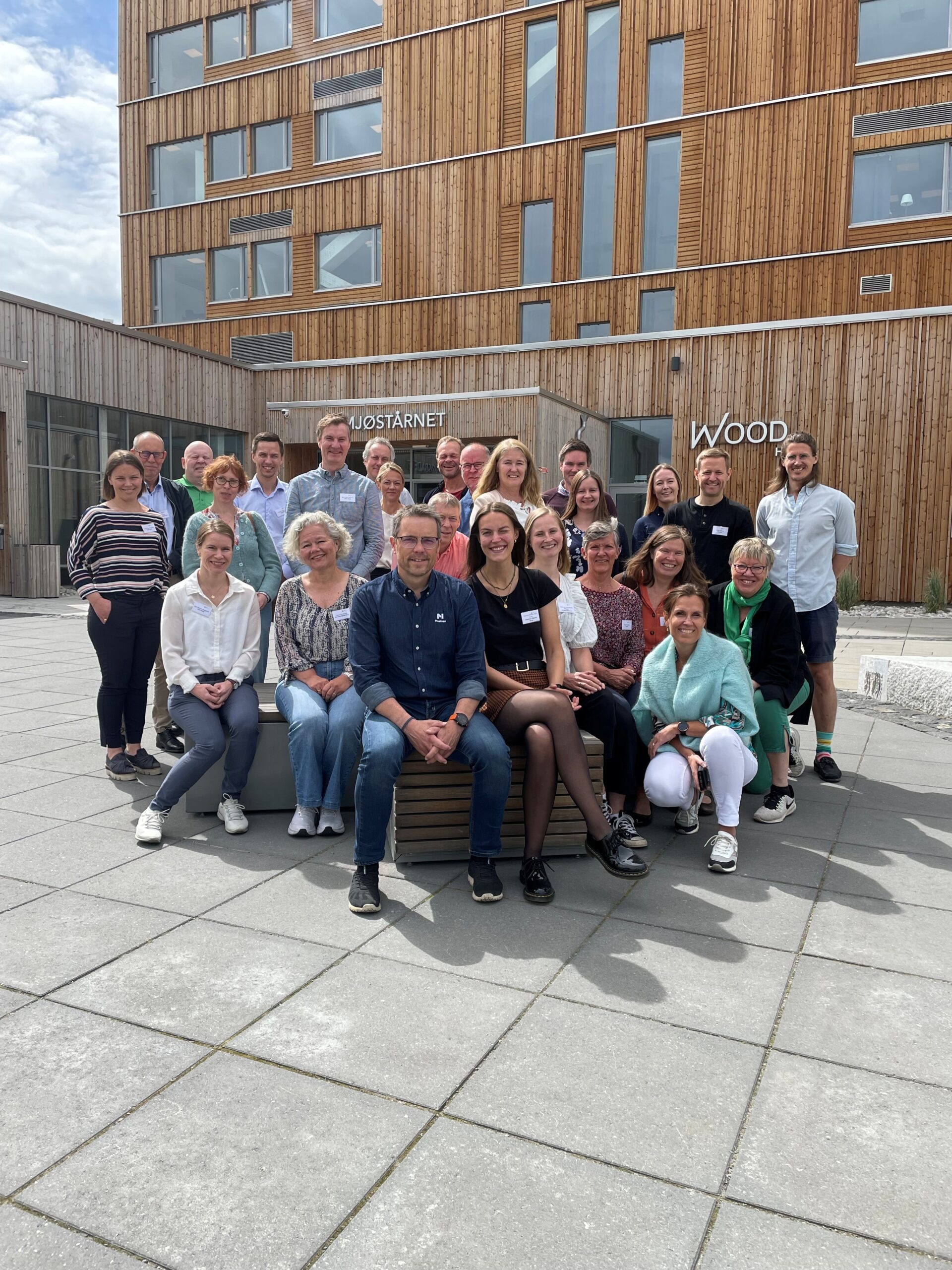On November 16, Norwegian Wood Cluster organized a workshop at Mjøstårnet within the project “Finance and Sustainability”. The purpose was to review and provide input to the first working draft of a sustainability reporting guide for the forest and wood industry. The first version of the guide is scheduled to be published in March 2024.
Affects the entire industry
– “The consequences of the EU’s Green Deal and taxonomy are rolling in on us. The largest companies will have to deliver first, but there is little doubt that more companies will be faced with documentation requirements and expectations of solid sustainability information over time, so we just have to get started,” says cluster leader Berit Sanness, who is the project manager for “Finance and sustainability”.
– Sustainability reporting is perceived as complicated by many. Requirements and regulations, standards, dozens of abbreviations, such as CSRD, ESRS, GHG, TCFD, TNFD, etc. You can get tired of less. This is also the reason why the Norwegian Wood Cluster initiated the “Finance and Sustainability” project,” says Sanness.
The aim of the project is to create increased insight into ongoing work within finance and sustainability with relevance for the forest and wood industry, both to meet documentation requirements and to exploit opportunities. This applies in particular to the consequences of the EU taxonomy. Through the project, companies in the forestry and timber industry will, among other things, gain a basis for strengthening their sustainability reporting.
– The advice from companies that already have several years’ experience of creating sustainability reports is unambiguous. It’s important to get started. The message is that it’s better to practice producing a sustainability report before it becomes an obligation than to postpone the start,” says Sanness.
Make the complicated accessible
One of the main deliverables from the “Finance and sustainability” project is a sustainability reporting guide for the forest and wood industry. As a basis for developing it, the project has conducted two workshops and three course days. In addition, the cluster has hired Karoline Kjos-Nordli, sustainability manager at Glommen Mjøsen Skog, to prepare the first version of the guide.
– Karoline has managed to create a structured and accessible overview of the regulations and frameworks that companies must adhere to in order to create a sustainability report. These are complicated issues, but it’s a delight to read Karoline’s work. We are simply impressed that Karoline has been able to make this so accessible to us. The cluster is therefore very pleased with the work she has done for us,” says Berit Sanness.
She emphasizes that the input from the workshop will be incorporated into the final version 1.0 together with supplementary documents.
– “The companies’ involvement in the process has been crucial throughout. We will follow up the input as far as possible before we publish version 1.0 at the end of March 2024,” says Sanness.
Great willingness to share
Under the auspices of the project, the Norwegian Wood Cluster has conducted two workshops and three training days on sustainability reporting.
– “It has been motivating to see the willingness to share among the companies that have participated in the workshops and the sustainability course. Those who have already prepared sustainability reports have willingly shared their experiences,” says Sanness.
– On the industrial side, Moelven Industrier has had the longest experience in this area, and it has been incredibly valuable to draw on the experience and insight that sustainability director Rune F. Andersen has contributed from the Moelven Group at all stages of the process. On the forest owner side, Glommen Mjøsen Skog has come the furthest and contributed by sharing its experiences. That’s where we found the resource person who could carry out an assignment for us, and we’re very pleased with the result,” says Sanness.



Project “Finance and sustainability”
The main objective of the project “Finance and sustainability” is to create increased insight into ongoing work within finance and sustainability with relevance to the forest and wood industry, both to meet documentation requirements and to exploit opportunities. This applies in particular to the consequences of the EU taxonomy. Through the project, companies in the forest and wood industry will gain a basis for strengthening their sustainability reporting. The project will also look at the topic of green loans.
The project “Finance and sustainability” runs 2022-2024. The project manager is Berit Sanness, NWC.
Norwegian Wood Cluster’s partners in the project are Moelven Industrier, Forestia, Glommen Mjøsen Skog, Viken Skog, Norges Skogeierforbund, SpareBank1 Østlandet and TreFokus. These are represented in the project group, and the companies are contributing with both their own efforts and cash contributions.
NIBIO v/senior advisor Knut Øistad carries out an assignment for the project to create an overview of the EU’s work on the taxonomy, the EU Forest Strategy, as well as the EU’s new regulations for climate and energy, monitor the development and analyze the consequences for the Norwegian forest and wood industry.
NIBIO, head of department and head of research Aksel Granhus, has carried out an assignment for the project to compile a number of relevant parameters.
In 2024, the project will take a closer look at relevant issues related to green loans and bonds. It is also relevant to link bachelor students to the project in the spring of 2024.
SirkTRE – a comprehensive Green Platform project
The “Finance and Sustainability” project is part of the comprehensive Green Platform project SirkTRE, which started in 2022 to establish the fully circular value chain for wood. The Norwegian Wood Cluster was the driving force behind the SirkTRE project and is currently one of around 25 partners in the project. Kristine Nore, Omtre AS, is the project manager for SirkTRE. NIBIO, NMBU, Treteknisk, NTNU and HINN participate in the CircWOOD research parallel, with Lone Ross, NIBIO as project manager.
Innovation Norway, the Research Council of Norway and SIVA provide financial support to SirkTRE/CirciWOOD. In addition, the companies contribute cash and their own efforts. In total, SirkTRE/CirckWOOD therefore has a budget of around NOK 220 million and runs until 2024.
Read more about SirkTRE here: www.sirktre.no

